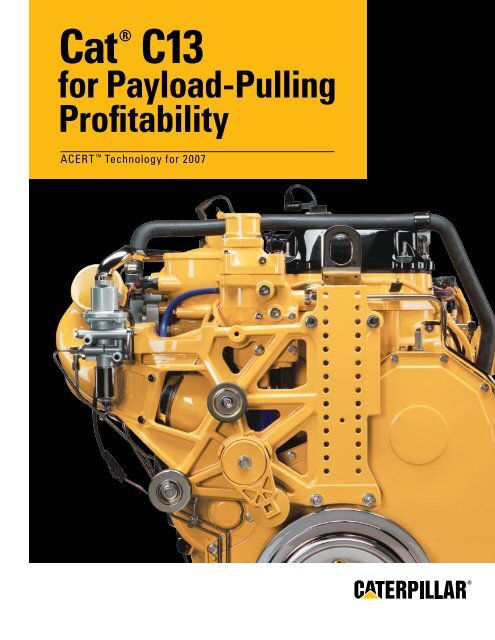


The CAT C7 shares many common configurations with the CAT 3126.

Older CAT engines like the 3116 or 3126 were essentially grandfathered into the older tier rating requirements and did not need to be upgraded. The Caterpillar C7 was released in 2003, only months ahead of the Tier 4 ratings change, and replaced the popular 3126 model. The stricter Tier 4 emissions requirements went into effect January 1, 2004. Caterpillar, needed to produce a new engine that was going to meet or exceed the Tier Ratings enacted by the EPA in 1994 to curb diesel engine emissions. The Caterpillar C7 was designed mostly out of necessity vs. mostly box tucks, tow trucks, daycabs, and straight trucks. The technical classification of a medium duty tuck is a single drive axel with a gross vehicle weight of 18,000-33,000 lbs. Paccar, Freightliner, Ford and GMC all purchased the engine in droves. All of the big players in the trucking industry hopped on board hoping the CAT C7 was going to live up to the hype. The engine was produced from 2003 to 2009 and was installed primarily in over the road medium duty class 8 trucks. However, sometimes things don’t go according to plan. The Caterpillar C7 Engine was supposed to be the “golden child” in Caterpillar diesel engine lineup one that combined raw horsepower with computer controlled clean emissions. At the turn of the century there was a lot of buzz around a new diesel engine being produced at Caterpillar, one that could meet the growing emissions requirements enacted by the EPA.


 0 kommentar(er)
0 kommentar(er)
